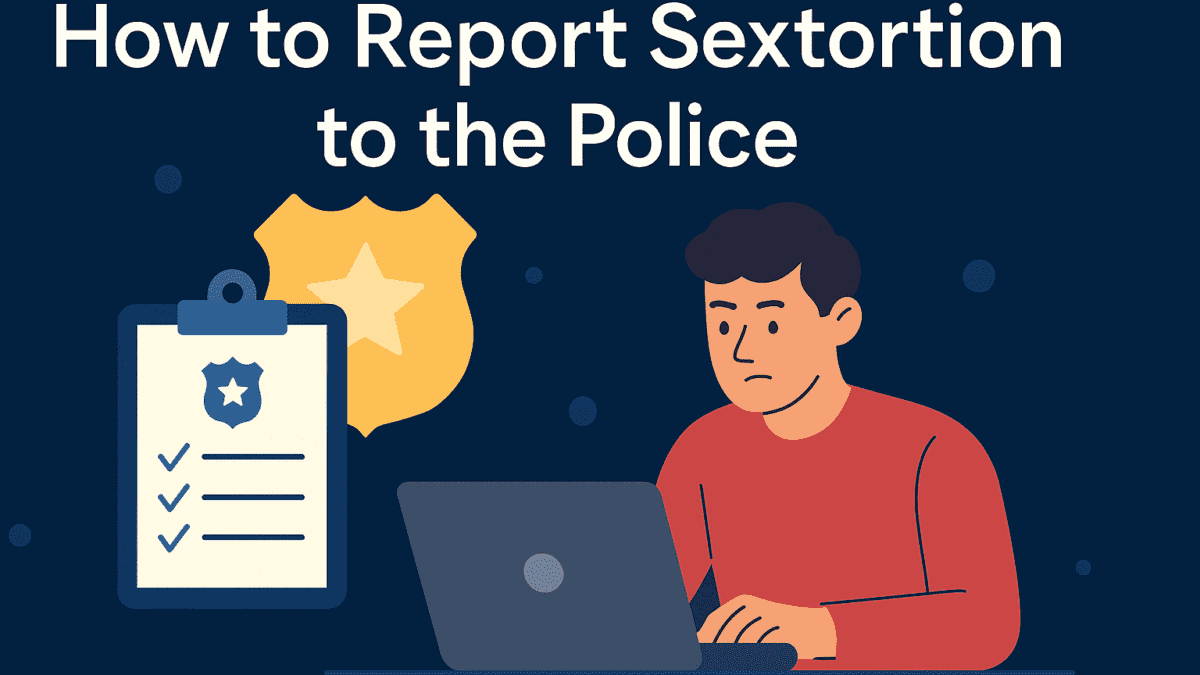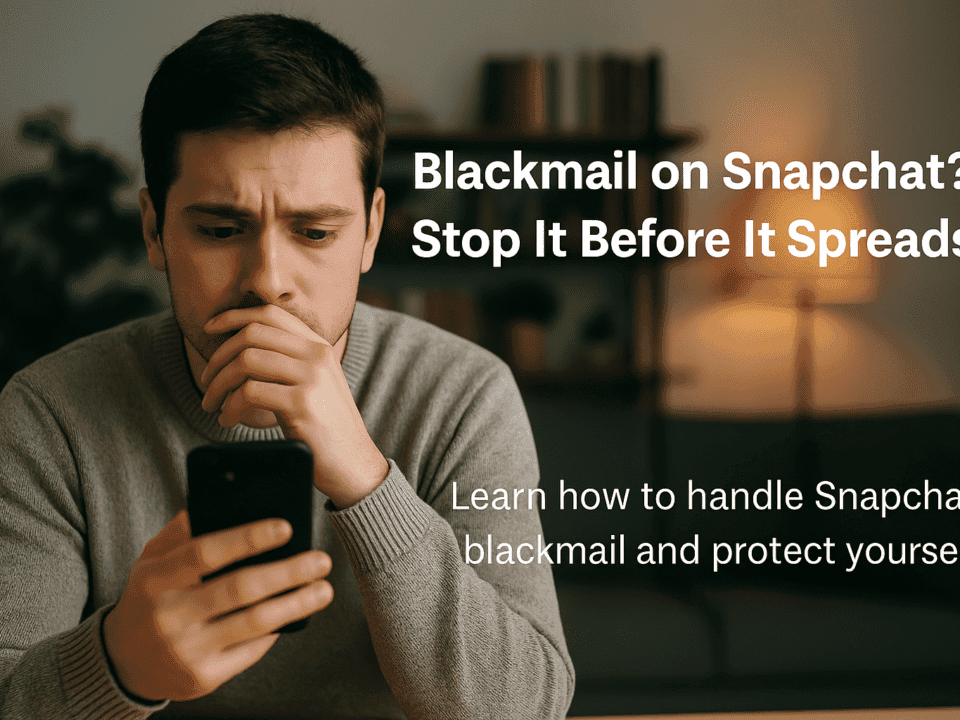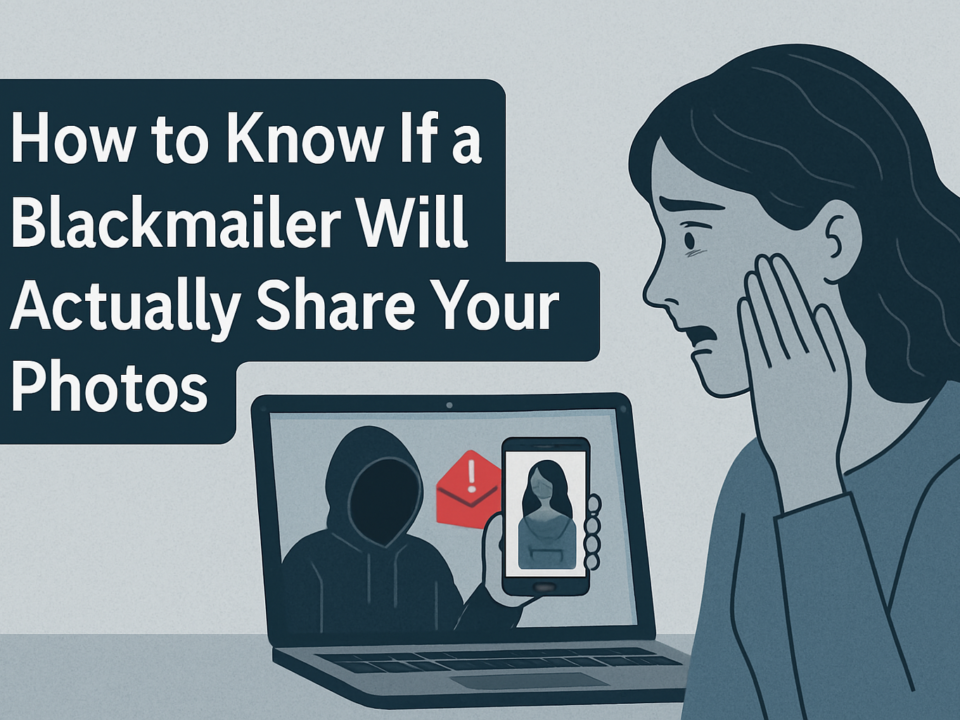
Protect Your Privacy Online: Tips to Prevent Blackmail and Online Threats
June 5, 2025
What Can the Police Actually Do About Sextortion?
June 6, 2025You never thought you'd find yourself in this situation.
But here you are — someone is threatening to leak your private photos unless you pay, comply, or stay silent. It's terrifying, confusing, and deeply unfair. And if you're wondering whether to report it, you're not alone.
This guide walks you through how to report sextortion to the police — step-by-step — and what to expect along the way.
Why Reporting Sextortion Is So Important
Sextortion is a crime. It’s not your fault. And even though it feels deeply personal and shameful, you're not the one who should be hiding.
Reporting helps:
Stop the blackmailer from targeting others
Create a legal trail (even if you don’t press charges)
Strengthen your case if things escalate
Most importantly, it takes the power away from them and puts it back in your hands.
Step 1: Pause — and Preserve Everything
Before you report anything, document everything.
Take screenshots of:
Chats and threats (including timestamps)
Profiles or usernames
Payment demands or transfer details
Any links they sent you
Also, note down:
The date/time the threats started
The platform they contacted you on
Any actions you’ve already taken (e.g. blocked, paid, etc.)
Do not delete anything. Even if it’s painful to look at, this is evidence that may help you — and others.
Step 2: Report on the Platform
Before going to the police, take 5 minutes to report the blackmailer to the platform they contacted you on.
Most major platforms like Instagram, Facebook, Snapchat, and WhatsApp have options to report:
Harassment
Blackmail or extortion
Impersonation
This can sometimes lead to quicker account suspensions.
Step 3: File a Police Report
Now it’s time to involve the authorities.
If you’re in:
India:
Choose “Report Other Cybercrime” → “Report Cyber Blackmail/Sextortion”
Fill out the form with as many details as possible
UK:
Report online via https://www.actionfraud.police.uk/
Or call 0300 123 2040
USA:
File a complaint at https://report.ic3.gov/
Or contact your local police department’s cybercrime unit
Australia:
Or contact the Australian Cyber Security Centre (ACSC)
When filing, include your screenshots and a summary of the incident. Be honest, even if it's embarrassing — law enforcement is trained to handle sensitive cases.
Step 4: Don’t Face This Alone
This process can be overwhelming. You don’t have to do it by yourself.
Many victims benefit from speaking with:
A trusted friend (break the silence)
A legal advisor (especially if money was paid)
A blackmail response specialist (to help stop future threats)
You're not weak for asking for help. You're smart.
What Happens After Reporting?
Depending on the jurisdiction, the process can vary. But here’s what usually happens:
Police may contact you for a formal statement
They’ll log the report and create a case number
If the blackmailer is traceable, further steps may follow
Even if no immediate action is taken, your report adds to a digital paper trail that could help others or be revisited later.
Final Thoughts
Sextortion thrives in silence.
The moment you report it, you break their power. You take a terrifying, shame-filled experience — and turn it into something brave.
You’re not alone. And you're not powerless.




